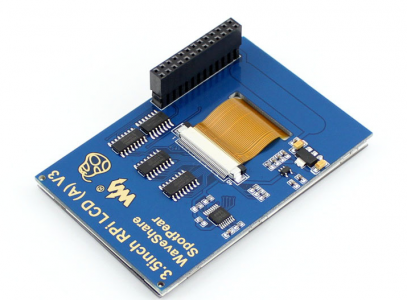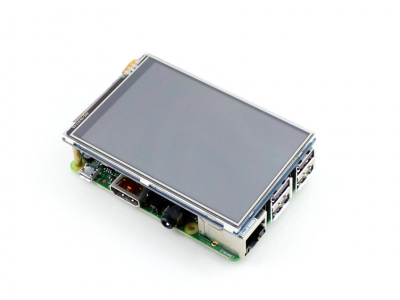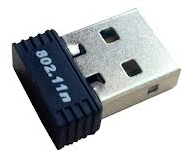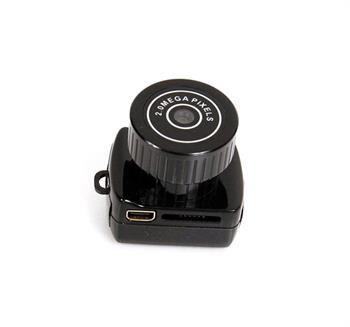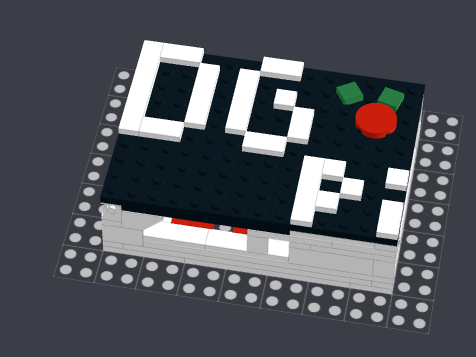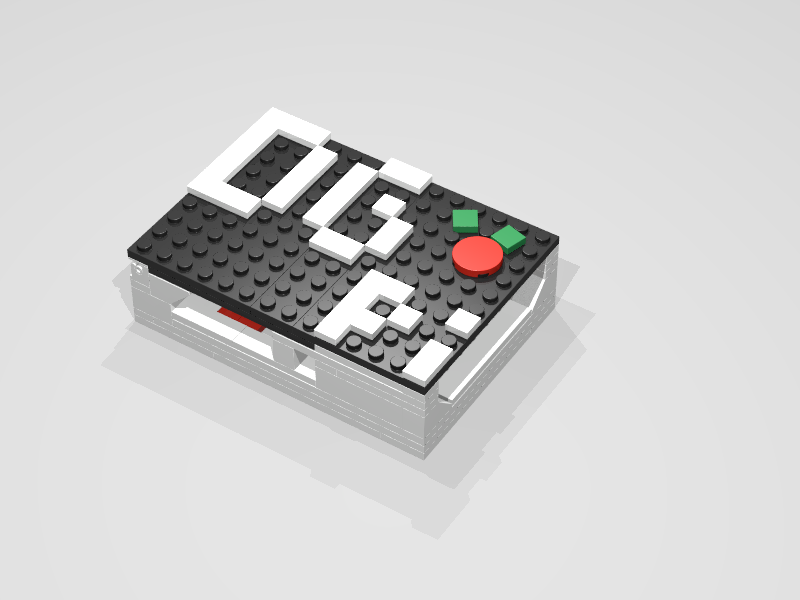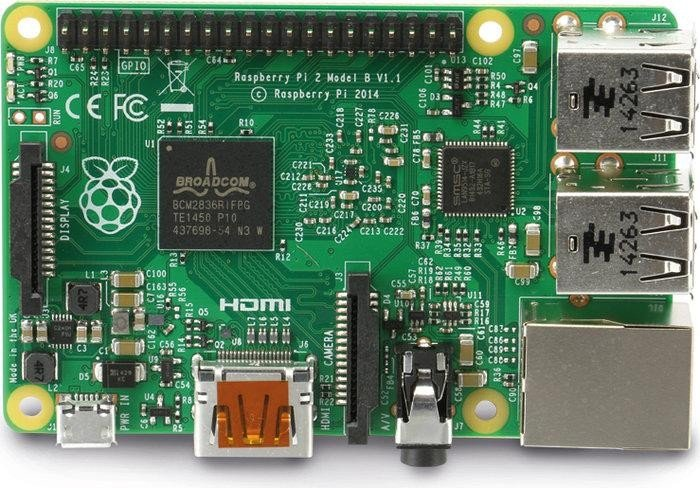
Bought a new computer
Got some trouble getting it working with already owned microSD cards.
All the following mentioned MicroSD cards were formatted with the SDFormatter from https://www.sdcard.org/downloads/formatter_4/
With the options: 'OverWrite ERASE' and "FORMAT SIZE ADJUSTMENT" to "ON".
--
Raspberry default NOOBS install won't work on:
MicroSDHC 32GB Class 10 (whitelabel?, it never boots from several of these same cards, i tried 3).
And they all (3) work fine in prof video equipment, simple cam gadget or phones.
---------------------------

The only MicroSDHC card which DOES work:
Kodak MicroSDHC 4GB Class 4.
---------------------------

(It looks a 1GB card, but thats optical, it's a 4GB card, missing part of the '4'.)
But this has only 200MB free after complete Rasbian setup.
PNY MicroSDHC 32GB Class 10
---------------------------

It will boot, but failes to install.
On RPi2:
- Clearing existing EBR
- Raspbian: Creating partition entry
Followed by:
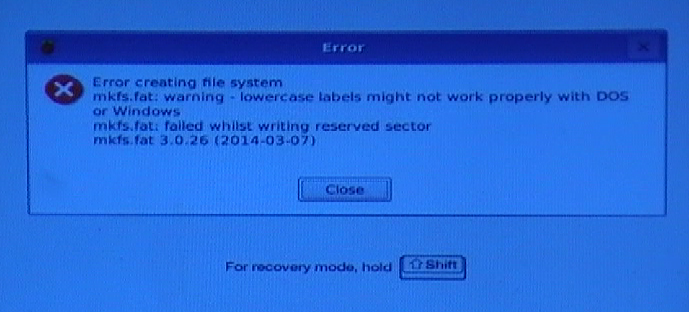
Found out that reformatting the card with the mentioned SDFormatter, does NOT work correctly within Windows XP, as after this the card seems still NOT formatted? And needs a Windows XP format before files can be copied to the card.
Bought this card especially for the Raspberry for 20 euro's and still not working?
This cost me more on SD cards then the Raspberry itself?
Tried once again, but getting other error messages:

Used a working SD-adapter and other cardreader, still same messages came up, even the writing of the card goes during 'Clearing existing EBR'?

Next used the HP-SD formatting tool, which (in my opinion) does a cleaner format as the setup went 1 time succesfully, however the 1st reboot showed too much errors and files not found, it did not boot at all.
Tried a (non quick) format with the HP tool and start all over again ...

All different tries result in different error messages like: Not able to write to FAT, or reserved sector, mounting errors, etc.
Anyway: I did mention to fix all of these errors!
Used a special program (RMPREPUSB v2.1.722) to remove the MBR from the card. (http://www.rmprepusb.com/tutorials/raspberry-pi-rpi)
Quick format the card and write noobs files to the card.
Next insert de card into RPi2 and start it up.
Raspberry tells it does not see a MBR and asks to write one. Do so!
It creates new MBR and ask to re-copy the noobs files to the card.
Power off RPi2, take card out and copy the noobs files (again) to the card and boot RPi2 again with that card.
Now it does not fail anywhere! (although copying goes slow, but could be card-manufacture related)
So it looks like the (most) issues with microSD cards are MBR related!
Windows XP and the desired format program SDFormatter does not (re)set the MBR the right way!
Remove MBR from microSD card, insert it in RPi2 and let it (re)write new MBR fix this.
--
